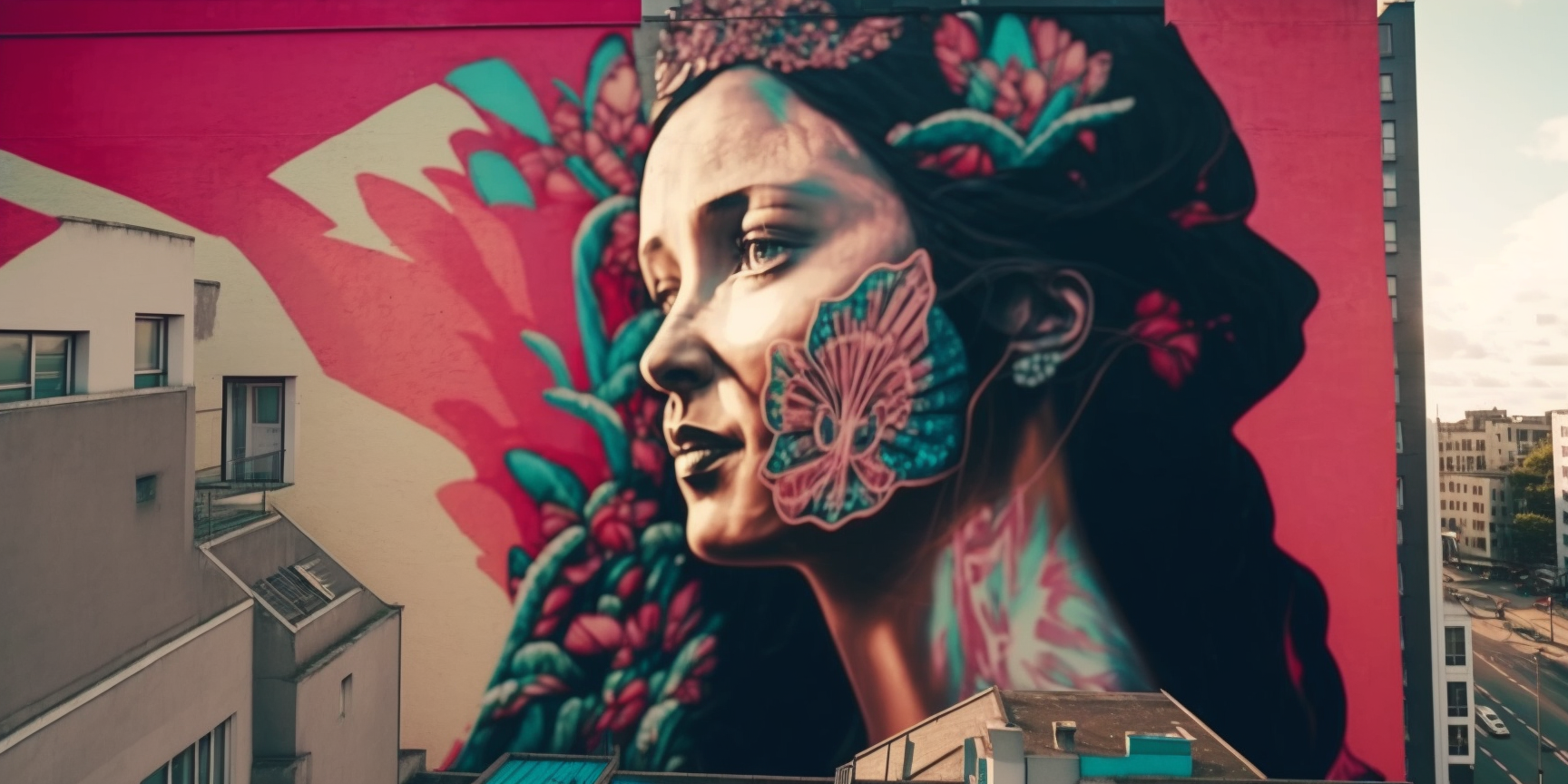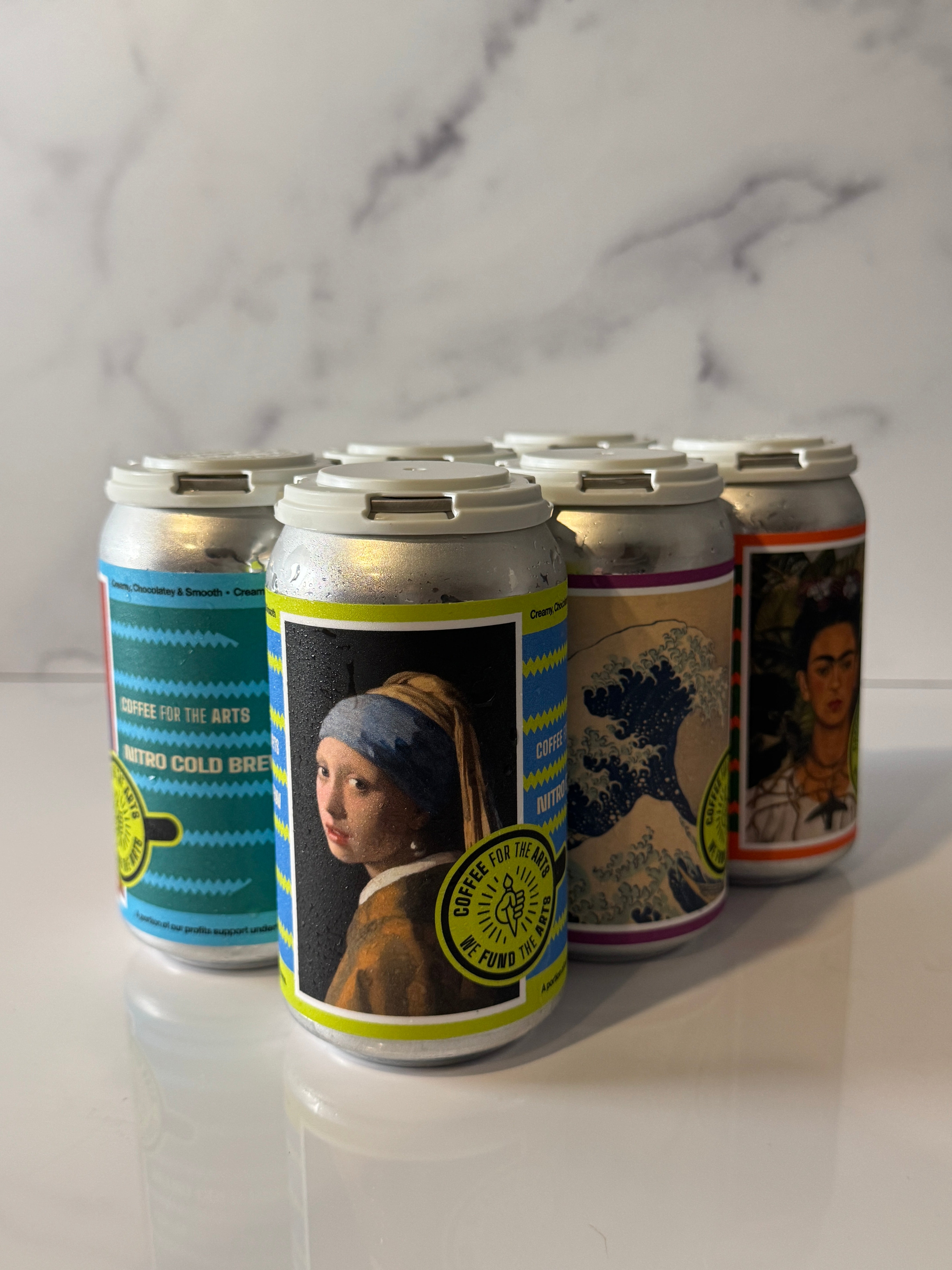CULTURE SPRO/ Episode II: Murals - A community’s bridge to the world

Culture Spro/ Episode II / Murals: A community’s bridge to the world
Art is all around us. This statement couldn’t be more true for the topic of this next edition of Culture Spro. As people, it's natural for us to feel anxious and under pressure from the never-ending duties, commitments, and dreams that dictate our daily lives. At some point, we all reach a stage of life where, despite how sure we seemed when we first started a journey, we grow unsure of where we’re headed next, which can be really scary sometimes. It’s in those moments where we call upon the arts to provide momentary relief from our fears and transport us to a world where even death has no power. Dramatic and somewhat preachy introduction: check. This second edition of Culture Spro will discuss an art form that is so connected to human history that someone can find it virtually anywhere: murals.
Brief History Lesson
We can’t go on in our discussion of murals without first giving them a definition. So what is a mural? At first, the question seems pretty silly as we’ve all seen a mural and can probably name a few examples of some we’ve encountered here and there. But what makes a mural its own genre? What makes it different from say a painting or even chalk art? The word mural comes from the Latin word muralis, which means “on a wall.” Adding the context of art to the word, the definition of a mural as we know it becomes “art on a wall.” Simple right? While the definition and etymology of murals might sound simple, their history certainly is not.
The simplicity of murals is what gives them longevity to the point that to this day, we are still uncovering the murals of our ancestors, and thus still learning about the stories of our past. As far as we know, murals started as paintings in caves and were largely used for communication. In 2018, a group of archeologists found possibly the oldest work of art known to humans on the Indonesian island of Sulawesi. The mural found by the archeologist was a simple, hand-drawn depiction of a few pigs, possibly the ones owned by the artists. According to the ultra-complicated, calculus-ridden calculations of the researchers, this piece of art was estimated to be created 43,900 years ago! Although this particular mural is believed to be possibly the oldest work of art to date, plenty of others exist around the world from different time periods.
As fun as it would be to mull over some of the world’s murals, there already exists an entire academic study dedicated to finding and interpreting them. Plus you came here to learn more about art, not archeology or anthropology. But all this is to say that murals are so intimately connected with the history of all humankind that we probably wouldn’t know much about ourselves had they not existed. But more importantly, murals were the first medium of expression that revealed the creative and imaginative parts of human existence. They eventually paved the way for other forms of expression to come about for what is now broadly defined as “art.” With this in mind, here’s a question maybe you haven’t thought of before: where would we be without murals?
Murals in Inner Cities
Cities have historically been known for having the most murals than any other place in a given region. Why do we know so much about the Roman Empire? Because the murals, called frescoes, that were well preserved were largely situated in the area known as Campania, encompassing cities like Pompei and Napua(Naples) of modern-day southwest Italy. The distribution of murals hasn’t changed much since the times of Ancient Rome, but the styles and depictions certainly have.
The art presented on a mural in an inner city is not only a showcase of an artist’s skill, but it also is a representation of the values and unique characteristics of the local community.
In Austin, Texas there is a mural on the corner of Guadalupe and 21st street on the side of the Sound Exchange Record Store called “Jeremiah the Innocent Frog.” It depicts a simple drawing of a frog with the words “Hi, How Are You?” written above it. This seemingly simple is such an important piece of culture to the city that in 2018 the Mayor of Austin, Steve Adler, declared January 22 to be “Hi, How Are You Day” as a means of highlighting the importance of mental health. Although the mural was first painted in 1993, the mural today serves as a homage to the artist, Daniel Johnston, who has been said to capture the very soul of Austin, Texas: creative, friendly, and a little…weird.
Murals in inner cities likewise commemorate the people who represented their city’s values on the world stage. Although there are many such examples to choose from, for me the mural that comes to mind is the one of singer-songwriter Juan Gabriel on the 9-story Moran building off of Juarez Avenue and Abraham Gonzalez street in Ciudad Juarez, Mexico. The mural is a portrait of the artist and Juarez native, Juan Gabriel, that accurately captures his bold and outspoken persona. It serves as a reminder to all who pass by it of the importance of simply being and doing so proudly. Such was the philosophy that drove Juan Gabriel to reach people’s hearts in the city of Juarez, within all of Mexico, and throughout the globe—even after his death.
Hopefully, as we have seen, murals have such a profound history and relevance to the human experience that one must wonder what would we know about ourselves without them. In our daily lives, it's easy to dismiss the murals we pass by on the way to work as just a picture of something we don’t quite understand or maybe even as acts of vandalism that need to be taken down. Nonetheless, before dismissing the next mural you come across it is my hope that you’re able to take time out of your busy life to look at it with a sense of curiosity. Furthermore, if you’re up to the challenge, see what it’s trying to tell you. Perhaps it’ll be worth your while.
Sources:
https://www.etymonline.com/word/mural#etymonline_v_19281
https://www.science.org/doi/10.1126/sciadv.abd4648
https://www.metmuseum.org/toah/hd/ropt/hd_ropt.htm
Juan Gabriel immortalized in giant mural in Juárez (elpasotimes.com)



